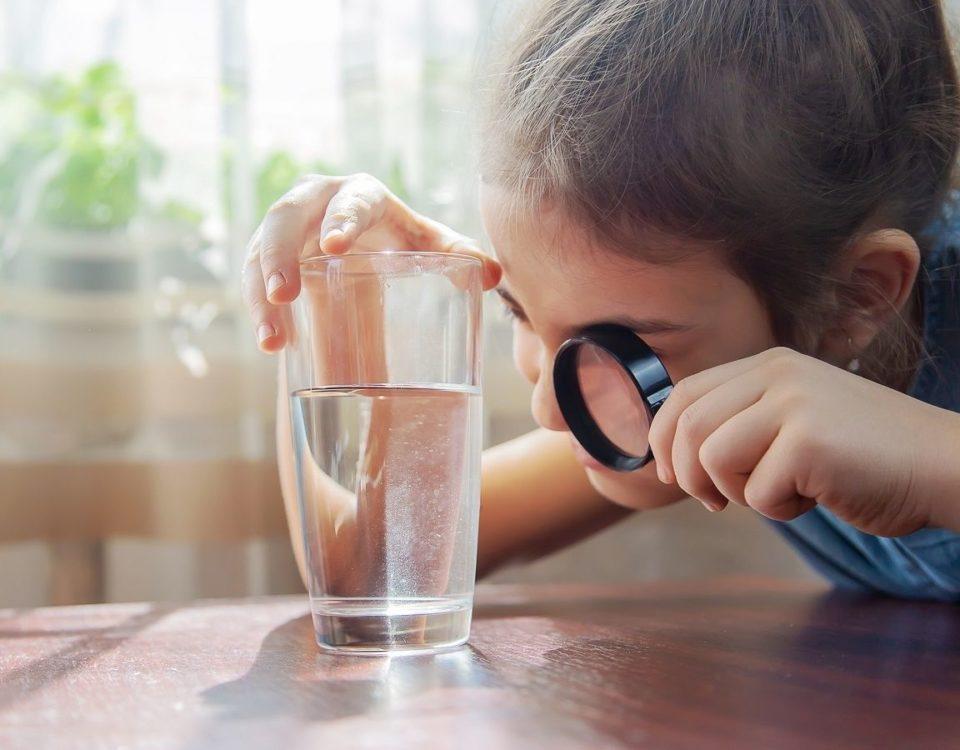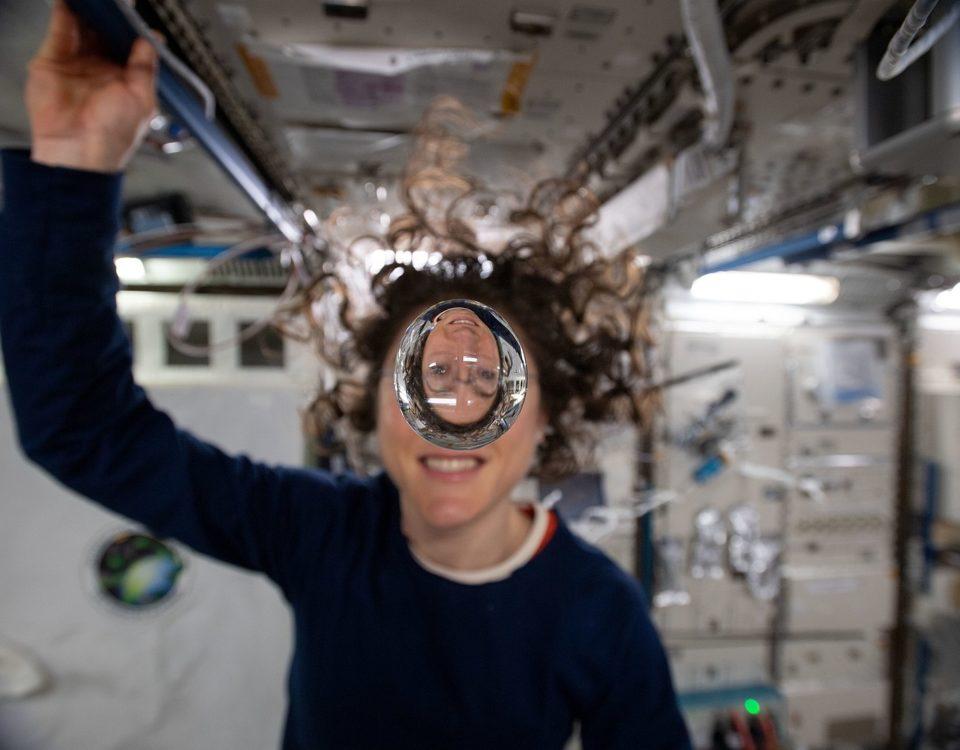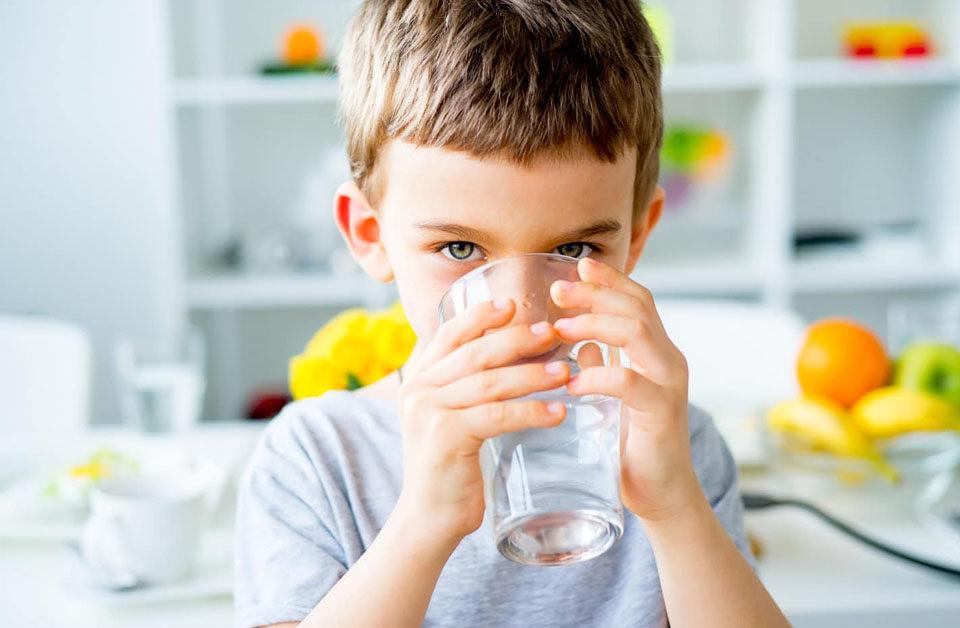What do the pictograms on plastics mean?
Recycling symbols for plastic. Flat icons, signs for design packaging. Illustration
You have probably already wondered what those pictograms on plastic packaging mean. This is a coding system developed by the Société de l'Industrie du Plastique (SPI) to better recycle plastic waste. Although not compulsory, this statement must comply with precise rules imposed by the European Union.

The recycling symbol
The numbers in the centre of the triangle specify the type of material, in accordance with the European Directive of 28 January 1997. Numbers 1 to 7 refer to plastics, 20 to 22 to paper, 40 and 41 to metals, 50 and 51 to wood, 60 and 61 to textiles, 70 to 73 to glass and 80 to 98 to composite materials.1
Symbols relating to plastics
♳ - The symbol 1 lists all polyethylene terephthalate (PET or PETE) plastics. PET is flexible and can be used to make transparent packaging. Water, soda and oil bottles, shampoo bottles and food trays, for example, are made from this material. Studies have shown that PET releases plastic particles into the product's contents that affect the endocrine system.2
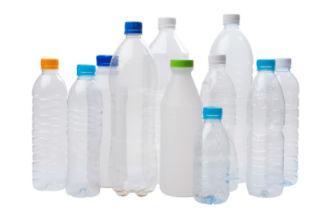
♴ - Symbol 2 refers to high density polyethylene2 (HDPE or HDPE). It is thicker and stronger but still flexible. It is used in the manufacture of canoes, household products, garden hoses, waste bins, medicine bottles, bottle caps and milk bottles.
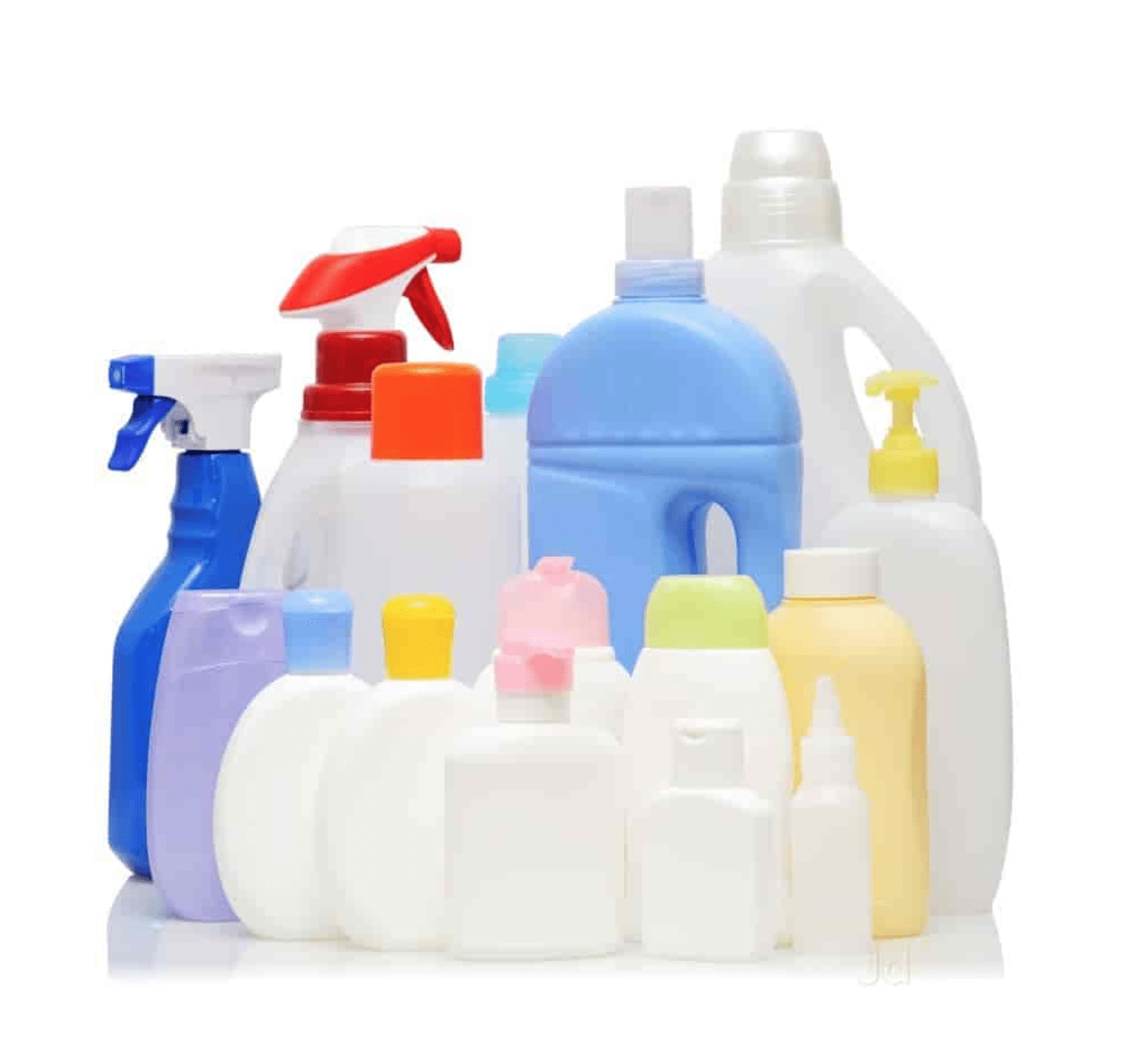
♵ - Symbol 3 stands for polyvinyl chloride (the well known PVC). It is widely used in construction, for pipework, but PVC is also used to produce stretch food film.
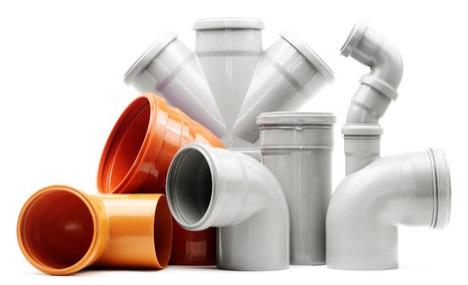
♶ - Symbol 4 refers to low density polyethylene (PEBD or LDPE). This polymer is used in the production of plastic bags, a cheaper version of food film, can wrapping rings and the plastic film that covers the aluminium inside juice or milk cartons..
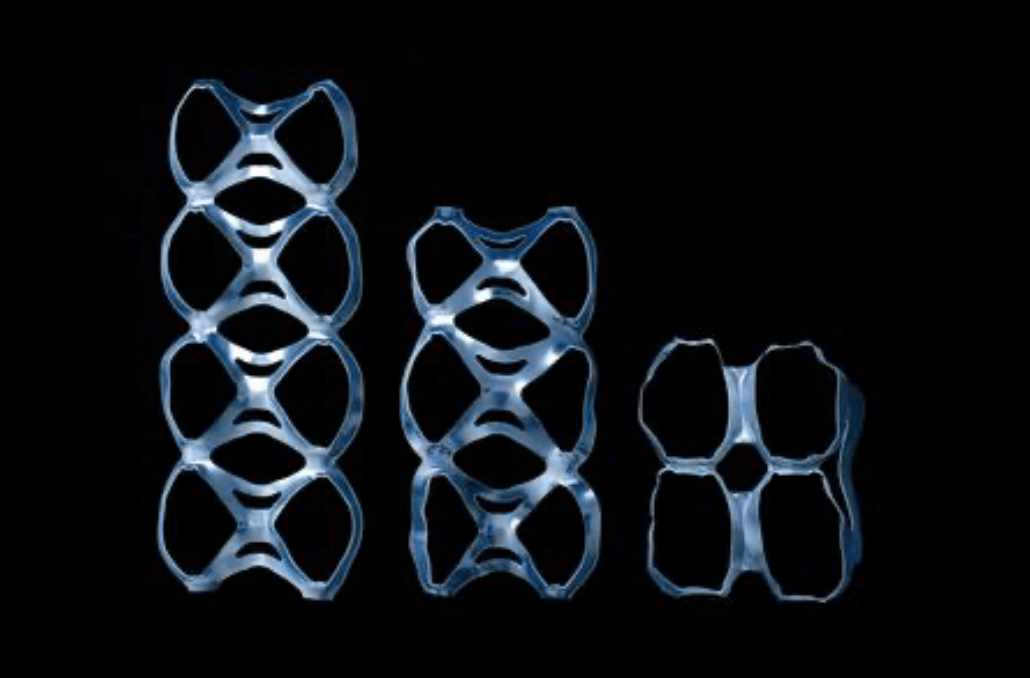
♷ - Symbol 5 includes everything made of polypropylene (PP), mainly used in the automotive and food industries. Bumpers and dashboards are notably moulded in polypropylene. The now famous surgical masks, synthetic ropes and mats, as well as straws, which are, very harmful to the environment, are made from this polymer.
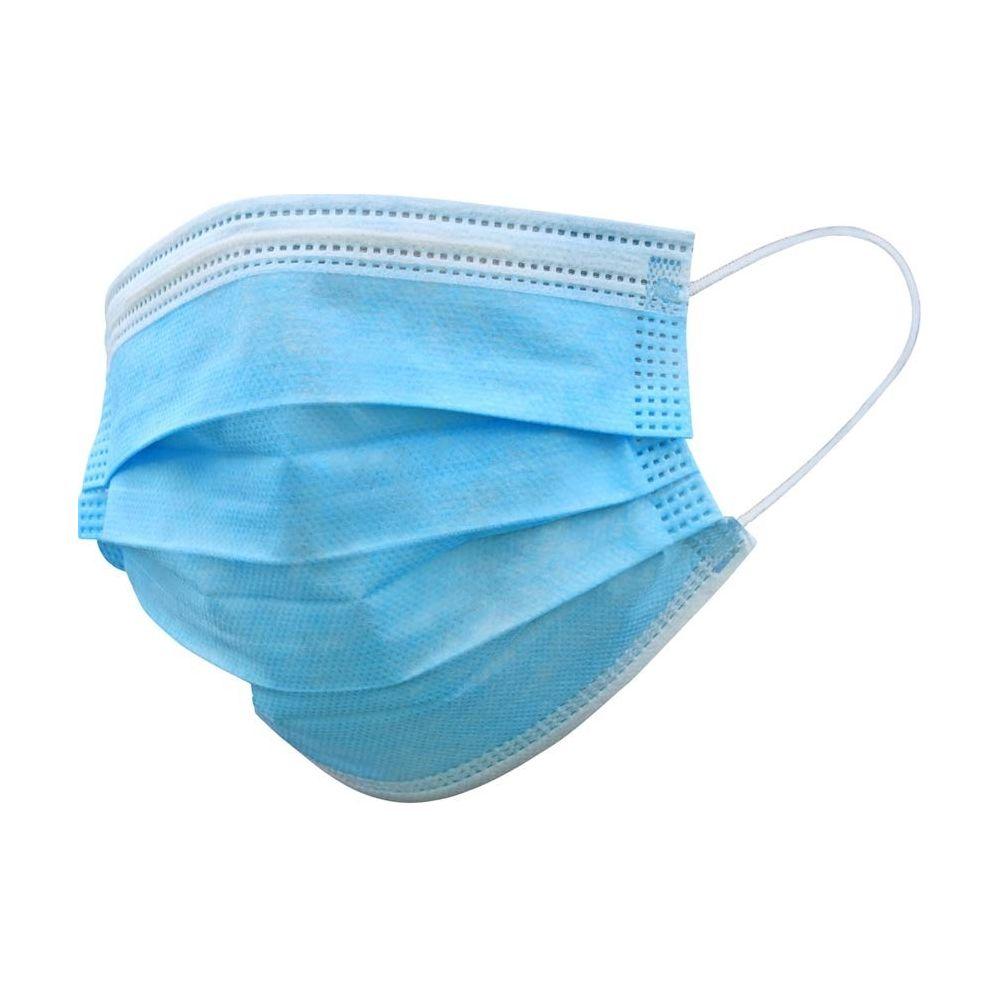
♸ - Symbol 6 is the classic polystyrene (PS), which takes many forms to produce meat or fish trays, disposable tableware, cafeteria trays, thermal insulation, or those packages made from expanded polystyrene balls.
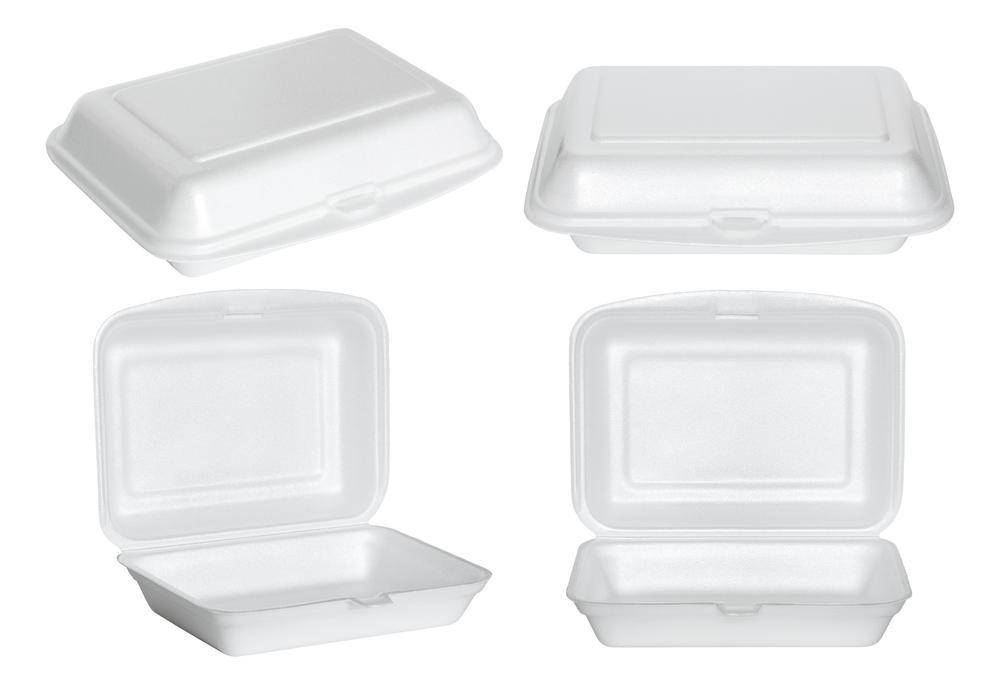
♹ - Symbol 7 includes all other plastics (PC or OTHER), including polycarbonate, acrylic, and nylon.
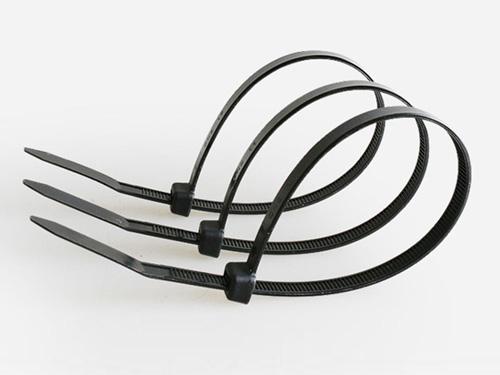
Which ones should you avoid?
The best plastic is the one you don't use. Plastic may be more or less recyclable, but it is not biodegradable. Of the 8 billion tonnes of plastic generated since being invented, only 9% has been recycled and 12% incinerated.3
Unfortunately, plastic is omnipresent in all sectors and is often very useful, so that we cannot do without it. However, it is possible to avoid the most dangerous ones for our health, namely those that release micro- and nano-particles, which are responsible for hormonal imbalances. Prefer plastics numbered 2, 4 and 5, considered safe according to the French Réseau Environnement Santé (RES).
______________
1 https://eur-lex.europa.eu/LexUriServ/LexUriServ.do?uri=OJ:L:1997:050:0028:0031:EN:PDF
2 https://sante.lefigaro.fr/actualite/2009/04/21/9507-faut-il-bannir-bouteilles-deau-plastique
3 https://www.lemonde.fr/pollution/article/2017/07/19/depuis-1950-l-homme-a-fabrique-8-3-milliards-de-tonnes-de-plastiques_5162660_1652666.html

